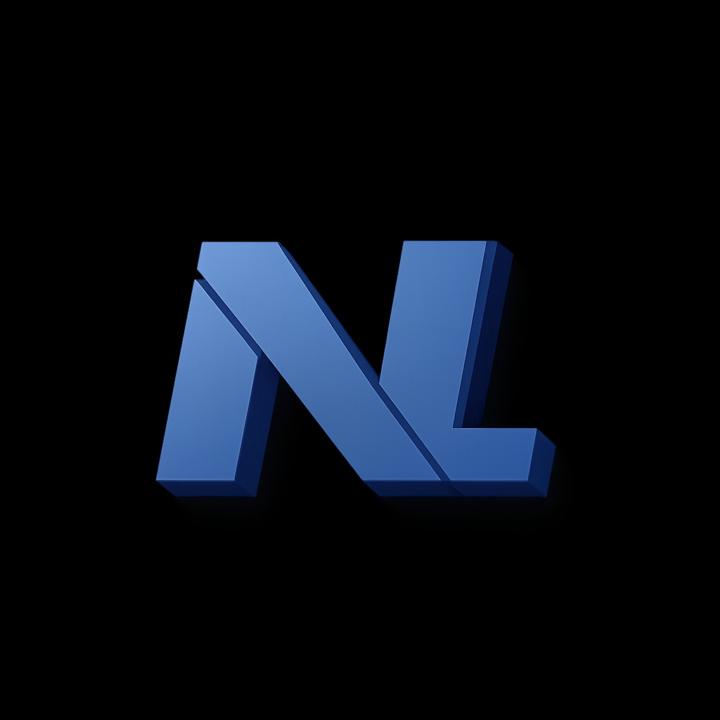Activity
Mon
Wed
Fri
Sun
Oct
Nov
Dec
Jan
Feb
Mar
Apr
May
Jun
Jul
Aug
Sep
What is this?
Less
More
Memberships
E-commerce
742 members • $5/m
Python Developers
762 members • Free
Freedom Life Community
3.2k members • Free
The Web Academy
160 members • Free
Work From Home
413 members • Free
Upwork Outbound (Free)
24.2k members • Free
University of Code
5.3k members • Free
JavaScript
241 members • Free
Dev Mastery (Free)
3.3k members • Free
13 contributions to Learn Web Dev
You know?
You know Freelancer.com is full of scammers? A few hours ago, a position is posted, I was bid there. But 1 hour later, my account is blocked. Please be carefully.
Next wave of Webar Technologies
Webar is moving beyond simple 3D object placement and moving to a richer and more intelligent web layer. Some new technologies are leading this change. -BEBXR device API maturity The browser level support for the AR session stabilizes, enabling the cross -device experience without plug -in. This includes support for hit tests, anchors and planes by default in chrome, safari and edges. -8thwall & niantic's Ardk on Web Luxury slams (simultaneous localization and mapping) are now executed in the browser, allowing not only flat surfaces, but also Marsis AR that understands the environment in real time. -Real -time obstruction and depth detection The use of WebGL2 and WebgPu allows developers to create realistic obstruction, shadows and physics, so AR objects are naturally mixed into the environment. Combined with the LIDAR support of the latest iOS devices, AR interaction is much more reliable. -Create AI + AR pipeline The use of a new workflow creates a texture, 3D assets, or all AR scenes on the spot, reducing the cost of production and enabling personalized experience depending on the scale. -WEBRTC for multi -user AR Collaborative AR experience is being realized directly in the browser. WeBRTC enables low burden streaming and synchronization, allowing multiple users to interact in real time with the same AR scene. Outlook: Webar is no longer an experimental demo technology. By converging WebxR, WebGPU and AI -based assets, it has become an executable platform for e -commerce, education, education, game and industrial applications. All can be accessed immediately through links. Future major tasks: technical ability balance and useful balance. The most influential web AR will have no friction, not the future.
Universal rendering becomes the default
The old debate on client -side server rendering is disappearing. The latest framework accommodates a universal rendering model that adapts and automatically optimizes on each path. - Automatic switching between SSR, CSR and ISR - smarter sign language strategy to reduce performance overhead - Embedded SEO optimization built in the Framework framework The future direction is clear. The developer no longer needs to make a manual rendering decision. The framework is processed intelligently. This change can make the app easier to build, expand, and easily access it. How do you see this affecting the current workflow?
2 likes • Aug 27
@Stephan Haewß Thank you for your thoughts. I felt exactly the greatest influence. Instead of worrying if the framework handled the render crystals, instead of worrying if I had to go with getserversideProps or getStaticProps, I could focus more on building functions. It feels like a real transition from rendering to “convention through convention”. I also want to hear the opinions of those who have tried in production, especially in terms of performance and SEO. This is because it is usually the biggest concern and the biggest concern.
0 likes • 23d
@Shuhib Siddiqi Speed.Codes Hello, it is a good intellectual and skepticism is meaningful. What comes to mind is not "pure automation" in the sense of determining everything for you, like magic, but the frame is gradually abstracting the rendering crystals with conventions and heuristic.
Component API: REST & GRAPHQL next step
For many years, REST and GraphHQL have been the main ways to manage the data contracts between the front end and the backend. But a new approach is emerging: component API. Instead of maintaining a separate API layer, developers can now deliver UI -centered data contracts directly within the components. This means: -Data and UI are jointly located to reduce complexity. -There is no risk of schema drift between the backend and the front. -Live type safety binding that guarantees consistency in runtime The shift is clear. The component itself becomes API. This model can simplify the development, especially in the latest frameworks that focus on strict integration between servers and client logic.
State management disappears in the background
For many years, libraries such as Redux and MOBX were essential tools for managing complex status in JavaScript applications. But the scenery is changing. The new framework and runtime optimization require more explicit global state management. The integration of automatic status tracking, fine particle reactivity and rendering reduces the need for solutions with many boiler plates. As a result, it is an application that is easier to build, maintain and scale without sacrificing predictability. The tendency is clear. The condition does not disappear, but it will disappear in the background. Developers still have a predictable and reliable state, but there are no overheads manually managed.
1 like • Aug 18
@Stephan Haewß You are absolutely right Thank you for pointing out it. I will not keep it in mind about the future posts. In my project, I've used Redux in the past, but recently I have experimented with a comparison and light boiler plate. It has been obsessed with my doctrine of more embedded and invisible state handling. ALREDY feels matching the Directand Zustand.
1 like • Aug 19
@Stephan Haewß I fully understand your point. Redux is especially heavy in the case of small or medium -sized projects that surpass the boiler plate. While MOBX/MST adapts to complexity more naturally, Zustand shines in simpler settings with minimalism. The interesting part is to see how the framework and runtime begin this line. It provides internal reactivity and status management that reduces both internal reactivity and the need for external solutions. It feels like an ecosystem can "expand" national management only when a developer truly needs.
1-10 of 13

